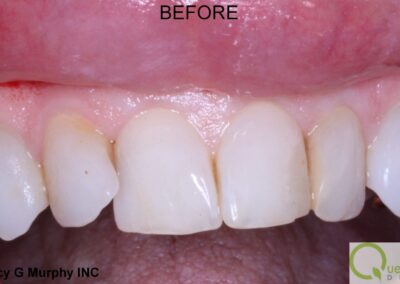What are Veneers?
Veneers
Ultra-thin shells of porcelain called Veneers can be bonded to front teeth to improve the appearance and enhance a person’s smile. One of the benefits of this procedure is that it requires less local anesthesia and in some cases, can even be performed without local anesthesia. Generally, veneers can be used to mask discolorations, to brighten teeth and to improve a smile.
Veneers can be an alternate treatment choice for crowns in certain situations. Veneers are a much more conservative approach to changing a tooth’s color, size or shape.
Some common uses or advantages of Veneers include;
- Mask undesirable defects (stained teeth by tetracycline and damage due to injury)
- Cover up discoloured fillings
- Close gaps between teeth
- Create a whiter smile
- Replace worn or chipped teeth
- Fix misaligned or crooked teeth
- Increase self esteem
- Have a natural tooth appearance
Although Veneers are a great dental treatment option, some disadvantages include;
- Although uncommon with today’s dental materials, veneers have the potential to break, chip or debond from teeth
- Some experience an increase of tooth sensitivity (usually short term)
- A small group experience a period of time where it is difficult to bite into certain foods
For most people, the benefits of porcelain veneers far outweigh any disadvantages of the procedure. Veneers are a great dental treatment option and if done correctly and well taken care of by the patient, they can last for many years.



